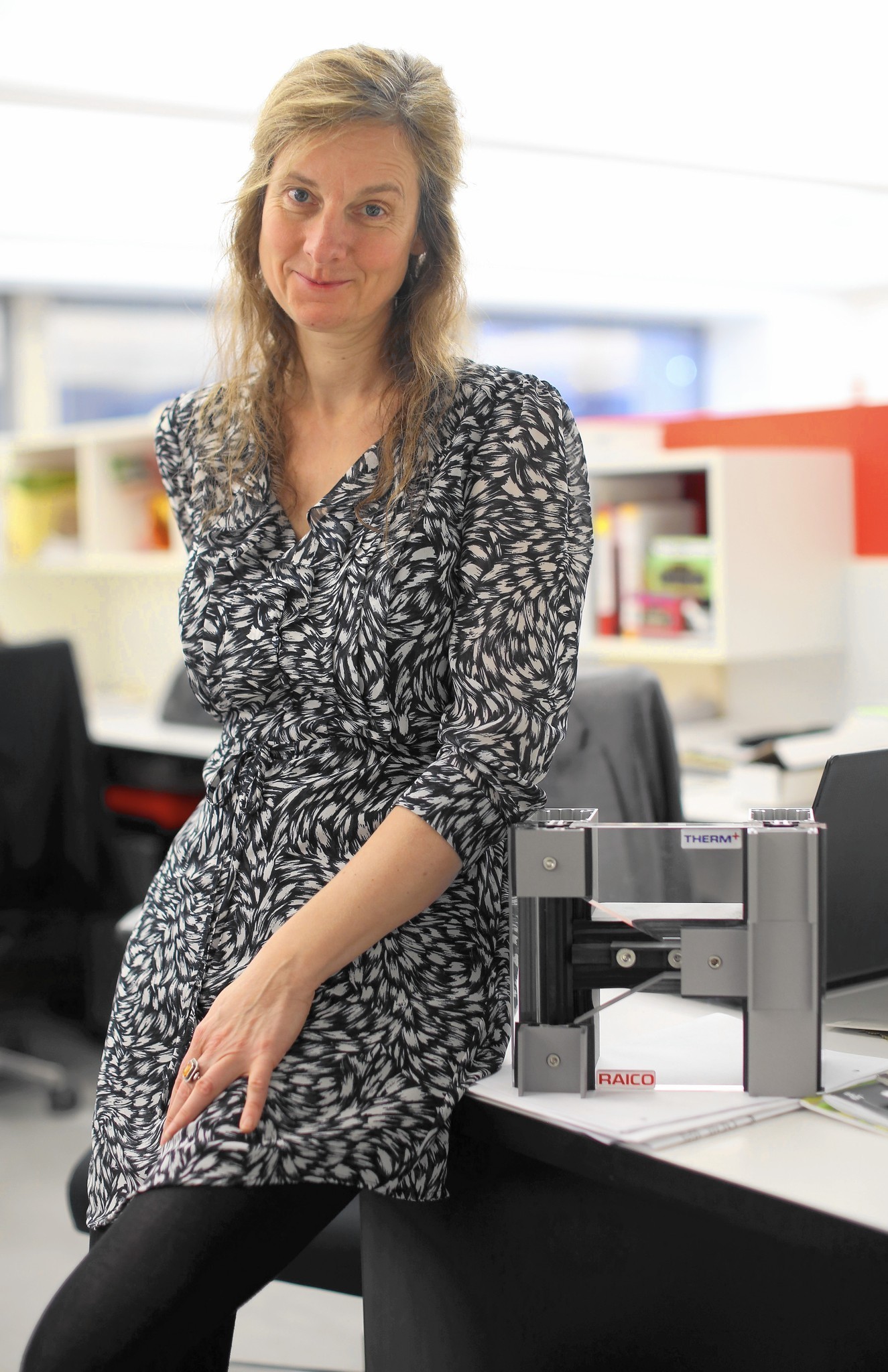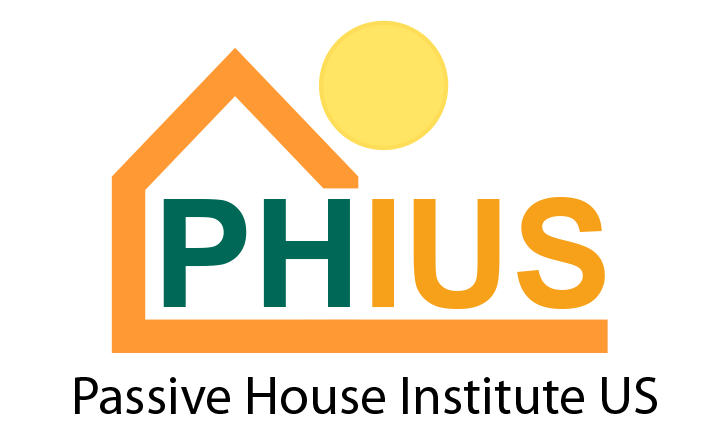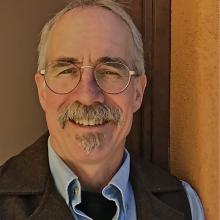Katrin Klingenberg is the co-founder and executive director of Passive House Institute US (PHIUS). Besides working the Passive House booth at BuildingEnergy 15, she’ll be conducting a Tuesday workshop on Climate Specific Passive Building Standards as a Baseline for Zero Energy Buildings, and a session Wednesday afternoon on The Building Science of Multifamily Passive House. I recently had a chance to chat with her about the conference.
 Ireton: You go to lots of conferences. Is there anything different about NESEA’s annual BuildingEnergy conference?
Ireton: You go to lots of conferences. Is there anything different about NESEA’s annual BuildingEnergy conference?
Klingenberg: In my mind, it stands out. The sessions are eye openers. Other conferences I find somewhat repetitive. But NESEA always adds new topics, new perspectives.
Ireton: When you talk to people who are on the fence about attending, what do you tell them?
Klingenberg: I tell people to go. Number one, it’s always fun. Great people. But the most impressive thing about the conference is that the leadership of NESEA always, always, always seeks the next frontier. And right now that is how to combine great building envelopes with renewable energy on the way to zero carbon.
"...The most impressive thing about the conference is that the leadership of NESEA always, always, always seeks the next frontier. And right now that is how to combine great building envelopes with renewable energy on the way to zero carbon."
Ireton: In your Tuesday workshop, you’re going to discuss the climate-specific passive-building standards that you’ve been developing with Building Science Corp. Why do we need climate-specific standards?
Klingenberg: The passive-house concept is supposed to guide people towards comfortable, energy-efficient buildings. But in quite a few climates in North America, the energy metrics we inherited from the Europeans have almost the opposite effect. In very cold climates, for example, the annual heating demand is so constrained that people can’t meet the standard in any other way but throwing all their money into south-facing windows, which leads to overheating. So we realized that we needed to recalibrate the energy metrics for space conditioning based on climate.

Ireton: Is the goal to have a different passive-building standard for each of the eight climate zones in North America?
Klingenberg: We looked at such a model, but what if you live right on the border between one climate zone and another? That doesn’t make any sense, so we developed a formula that adjusts based on specific climate data, not just climate zones. You put in the numbers for your location and the software spits out the specific energy criteria that you should meet.
"...What if you live right on the border between one climate zone and another? That doesn’t make any sense, so we developed a formula that adjusts based on specific climate data, not just climate zones."
Ireton: That’s very cool, but it’s not the only thing you’ll be discussing at BE15. Tell me about your other session. Why are you talking about multifamily buildings?
Klingenberg: For many years, we basically just saw single-family projects going for Passive House certification. Then two years ago, we started certifying more and more larger projects, particularly multifamily buildings. We learned that there are some pretty significant differences between designing a single-family home to meet the standard and designing larger buildings.
Ireton: Can you give me a few examples?
Klingenberg: The really good news is that, because of the surface-to-volume ratio, larger buildings have less heat loss per sq. ft., which means they need less insulation to achieve the same energy performance as smaller buildings. On the other hand, larger buildings have more structure, so you might be at more risk of creating localized thermal bridges because you have more structure in a less-insulated envelope.
The other difference that’s really cool is that while the single-family home is dominated essentially by its losses, the multifamily building is dominated by its internal gains, thanks to the people, appliances and other stuff generating heat. So that shifts a little bit how you think about meeting the design criteria. It becomes a more complex balancing game.
On "Climate-Specific Passive Building Standards", assembled for the US Dept. of Energy
Learn more about BuildingEnergy 15: http://nesea.org/be15
Our Mission
NESEA advances sustainability practices in the built environment by cultivating a cross-disciplinary community where practitioners are encouraged to share, collaborate and learn.







Add comment